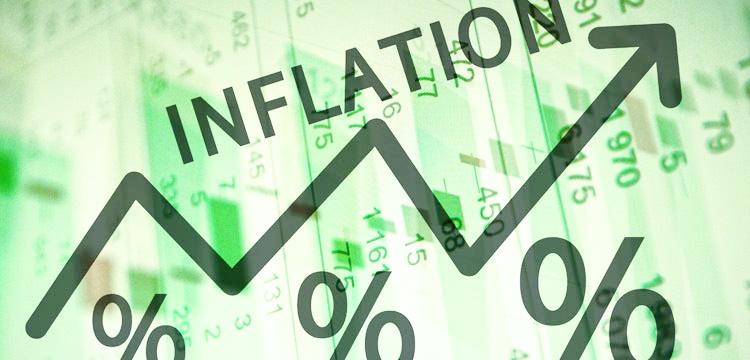Africa-Press – Namibia. THE increase in the price of goods and services was steeper in February, and the outlook does not look bright, especially around food, which recorded a 14% increase.
The Namibian Statistics Agency yesterday released inflation numbers for February, with the month posting a 7,2% rate, a percentage point higher than the January inflation rate.
This 7,2% is taking the country back to August 2022 when inflation reached a peak of 7,3%.
Although overall most prices of goods and services have edged up, services inflation continues to weigh on headline inflation, rising at the rate of 3,1% in February 2023, the same rate as the previous month. This is compared to goods inflation, which rose 10,1%.
Food prices that rose 14% and transport that shot up 9,9% remain the usual drivers of inflation locally, similar to most countries across the globe and the previous months.
These two categories accounted for 57,1% of the total annual change in inflation last month.
Housing carries the greatest weight in the consumer price basket, yet accounts for a mere 10,4% of the annual change inflation.
The zonal inflation rates for last month revealed that Zone 1 (Kavango East, Kavango West, Kunene, Ohangwena, Omusati, Oshana, Oshikoto, Otjozondjupa and Zambezi) recorded the highest annual inflation rate of 7,6%, followed by Zone 3 (//Kharas, Erongo, Hardap and Omaheke), which recorded an annual inflation rate of 7,3%.
Zone 2 (Khomas) recorded the lowest annual inflation rate of 6,7%.
The other highest changes in the annual inflation rate were mainly witnessed in categories such as furnishings, household equipment and routine maintenance of the house (7,6%); alcoholic beverages and tobacco (7.,1%); miscellaneous goods and services (7%); hotels, cafés and restaurants (5,4%) and recreation and culture (5,2%).
Analysts at Simonis Storm Securities said although the year has started off with high rates, they expect a slowdown during the later months, and estimate average inflation to settle at 5,3%.
The risks of a high inflation rate, however, remain elevated.
For example, NamPower is expected to raise its tariffs later during the year by between 20% and 25%. This is all pointing to pain at the till.
Food too, considering the poor rainfall, and load-shedding in South Africa are all indicative of pressures at supply, which, as observed last year sent prices up the roof.
Simonis analysts said load-shedding in South Africa is preventing farmers from buying livestock from Namibia, as slaughtering activity is limited due to insufficient electricity supply.
Also, once slaughtered, meat products cannot be properly stored in freezers or fridges once again due to electricity supply disruptions.
This decline in demand has led to lower livestock prices and so local farmers are not willing to sell at current prices, artificially limiting supply.
In addition to the above, farmers cannot use irrigation systems at full capacity, so shortages in various horticultural products are forecast.
This will likely add inflationary pressure to Namibian food prices in coming months and for as long as electricity disruptions remain the order of the day in South Africa.
Even if farmers use diesel generators to run irrigation systems, this will increase their costs and so will food prices for consumers.
For More News And Analysis About Namibia Follow Africa-Press






